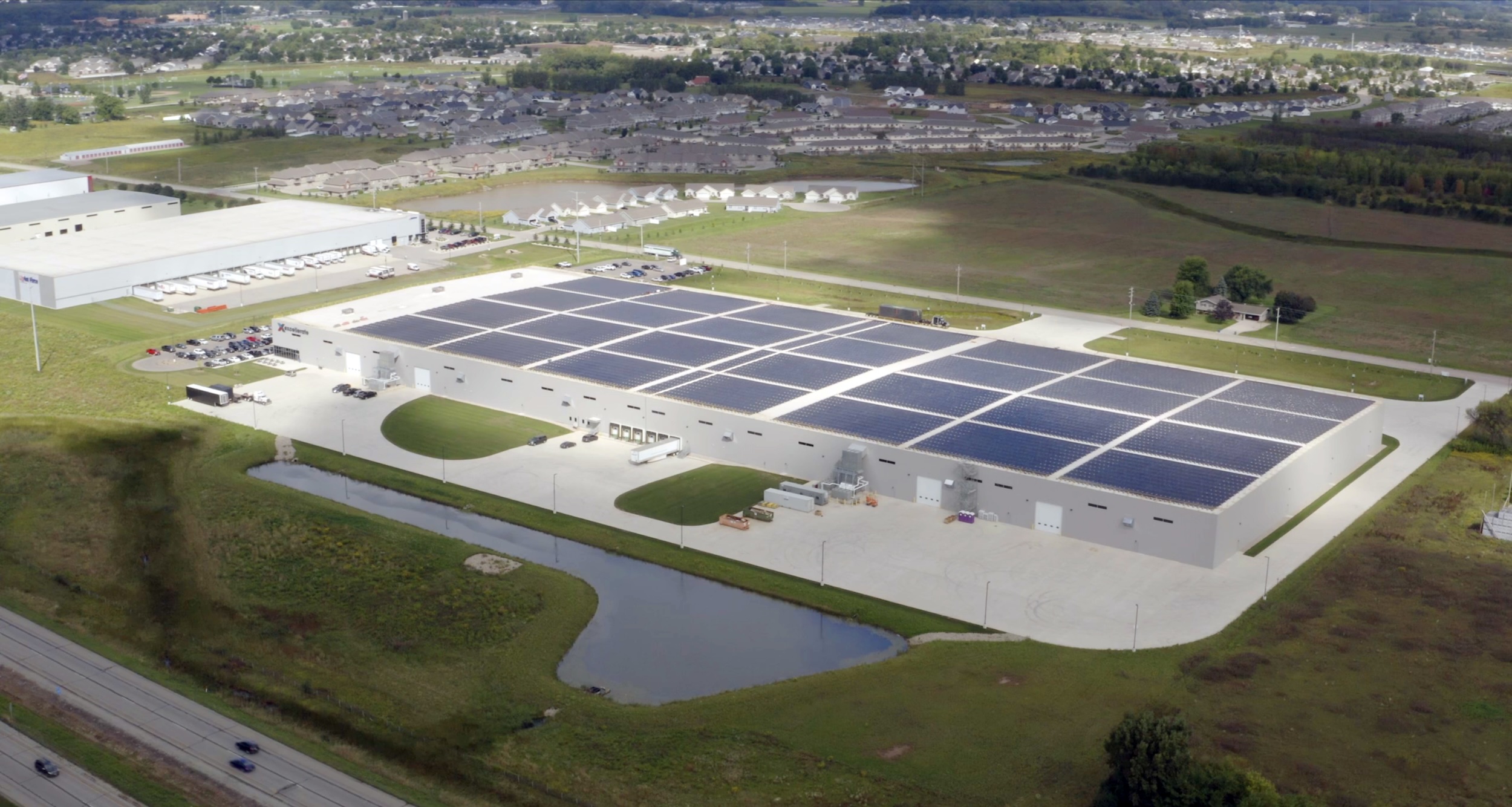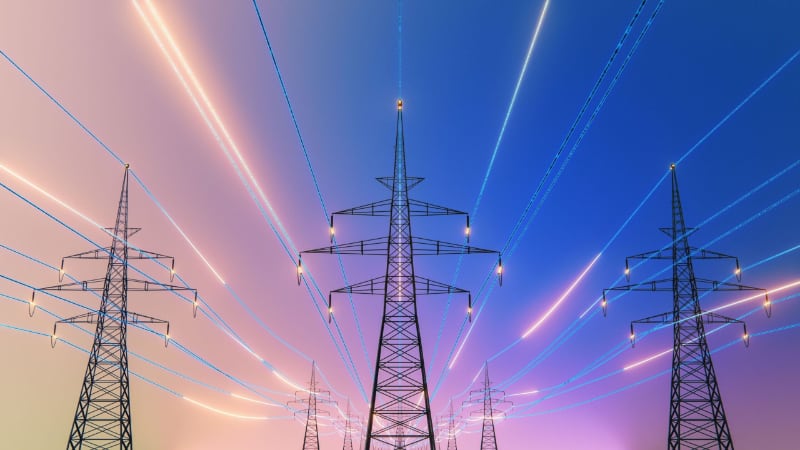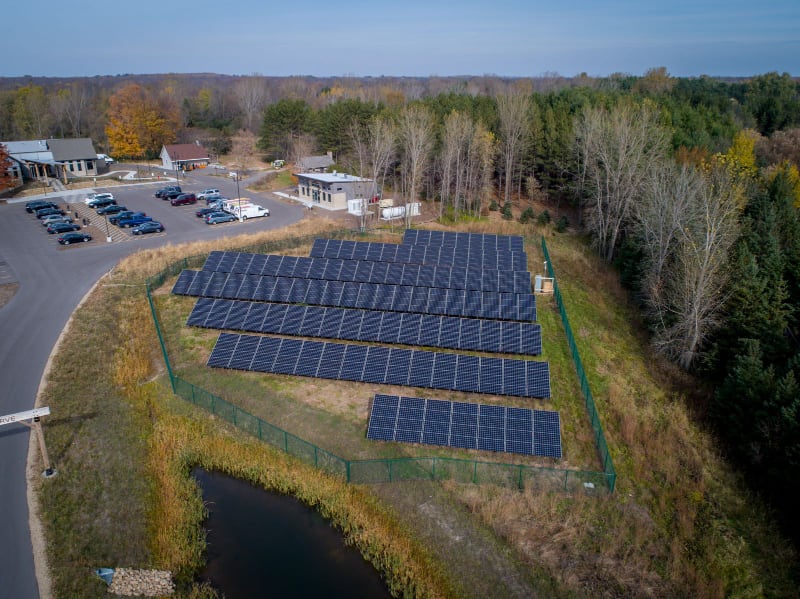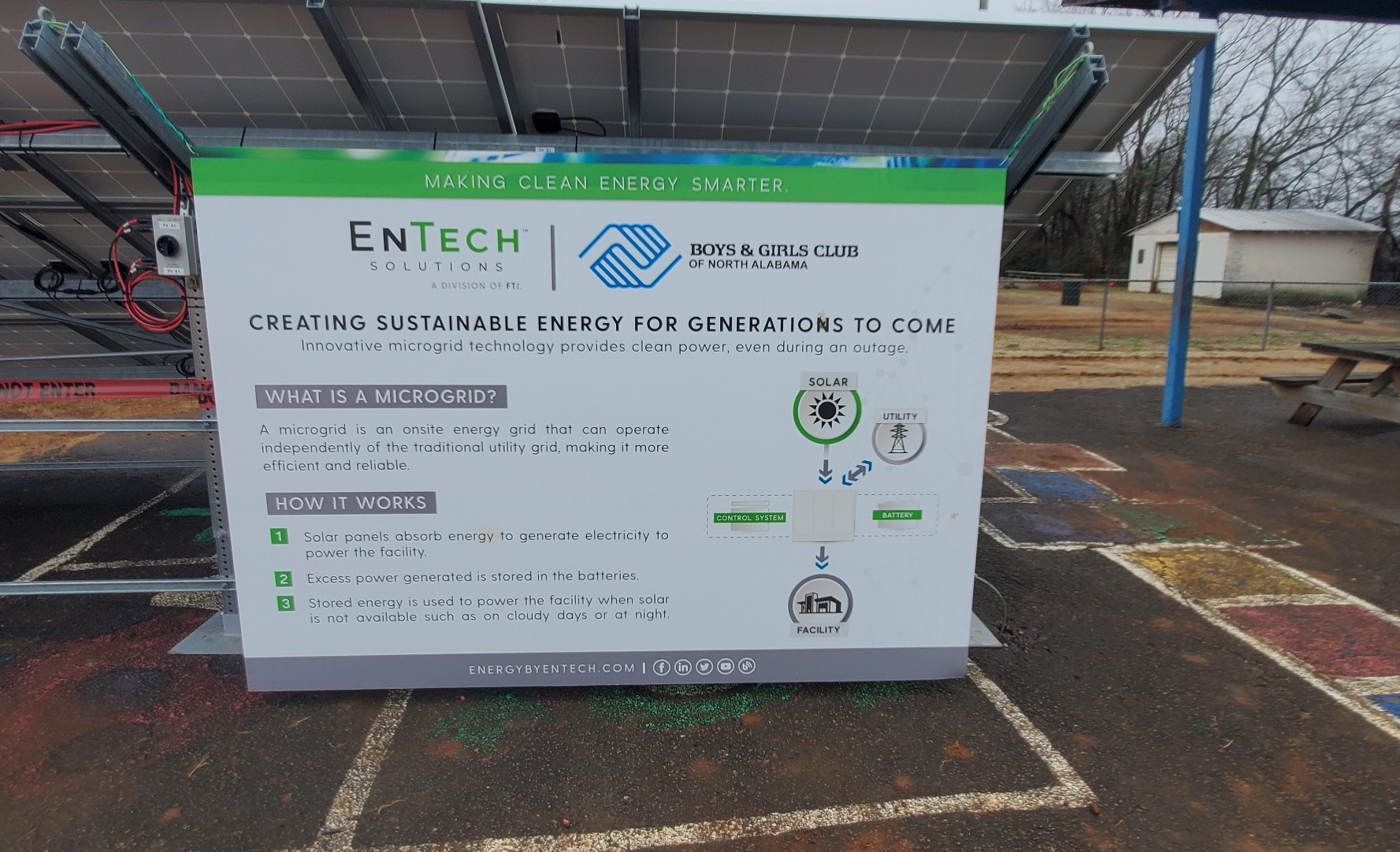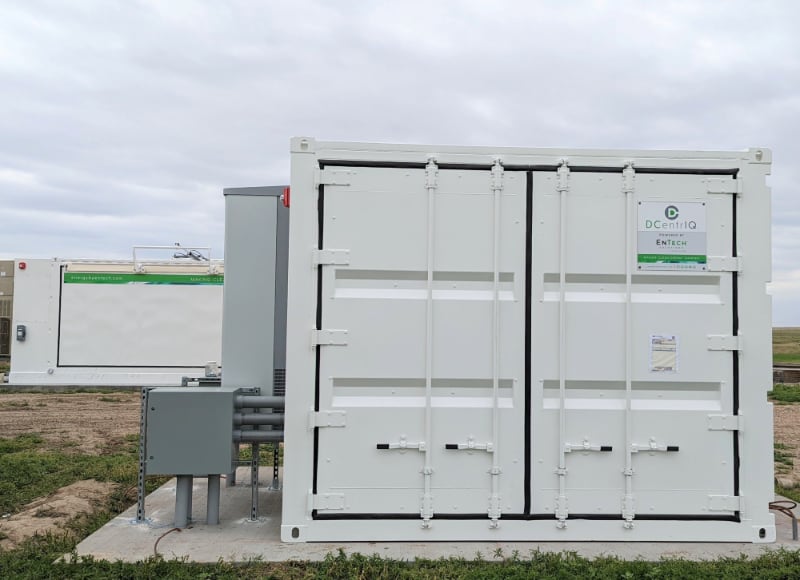
The global discussion on electrification has sparked interest in batteries and their potential to reduce reliance on non-renewable power sources. When discussing batteries, various topics come up including types, sourcing, applications, cost, capacity and safety.
Energy storage can offer numerous benefits for organizations, and for some, it may even be a necessity. Some of these benefits include:
- Defense against costly or unavailable utility power
- Energy reliability and resilience
- Demand-charge mitigation
- Energy savings
- Sustainability
- CI score improvement
- Time shifting of energy
- Control over your energy future
The Role of Energy Storage and Independence
Navigating the ever-changing energy landscape to establish an effective energy program for your organization may appear to be a monumental task that requires multiple team members and costly resources. At FTI, we’ve made it more achievable than you might think by creating our Path to Smarter Energy™. Our data-driven approach can help any organization realize its renewable energy goals in the most efficient and effective ways.
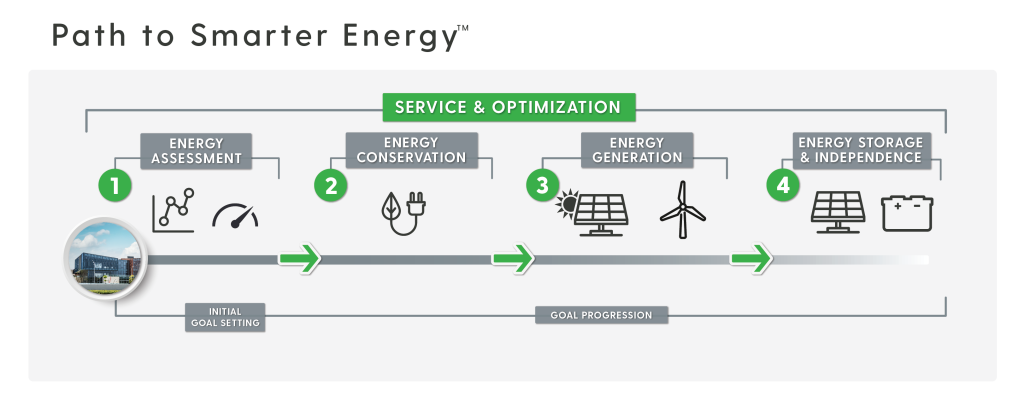
We start by assessing your current energy usage and future needs, enabling us to identify areas where energy conservation can be maximized. Once your energy usage is optimized, we can move on to sustainability and explore energy generation options. Solar energy is often the best choice for organizations due to its cost-effectiveness, ease of installation and minimal maintenance requirements. Depending on the specific situation, wind and combined heat and power (CHP) generators can also be viable options. Alongside or following energy generation, we can begin modeling energy storage solutions.
Why Store Power?
There are numerous reasons organizations or individuals may desire energy storage. Let’s explore these reasons and their associated benefits:
- Unavailable Utility Power – In many locations worldwide, utility power is either unavailable or prohibitively expensive to access. This is particularly true for islands, remote areas and mountainous regions. Microgrids, when combined with solar and other distributed energy resources (DERs), can provide reliable and cost-effective solutions in such areas.
- Energy Reliability and Resilience – Power reliability can vary across regions, and what constitutes an unreliable power supply can differ for each individual or organization. It could range from slight dips in power to extended power outages lasting from seconds to days. In California last year, electric vehicle owners were advised not to charge their vehicles during hot days to avoid straining the grid. In Puerto Rico, a hurricane caused a power outage that lasted for six months in some areas. Microgrids can help you ride out short periods of power unavailability or function completely off-grid during extended power outages.
- Demand Charge Mitigation – What are demand charges, and how can they be reduced? In short, utilities can impose additional fees, known as demand charges, to cover the costs associated with sudden power spikes. Batteries can inject power during these power spikes to prevent use of utility power and mitigate these costs. This can save companies significant dollars, as demand charges can be quite costly.
- Sustainability and Energy Savings – Microgrids in general help save energy by utilizing stored energy to power facilities during periods when solar or other DERs are not generating electricity. This decreases reliance on utilities, leading to increased sustainability through the use of renewable energy that was previously generated.
- CI Score – A carbon intensity score (CI score) measures the total hydrocarbons or greenhouse gas emissions relative to the amount of energy consumed while producing fuel. Incorporating renewable energy sources alongside a microgrid into your fuel production reduces reliance on utility power, making the fuel even more valuable.
- Time Shifting of Energy – What happens when a business has peak energy usage at 7 p.m., but their solar energy production peaks at noon? The excess energy generated during peak solar periods is typically sold back to the utility at a low price and then purchased back at 7 p.m. at the standard cost of electricity. Integrating a microgrid with storage enables excess energy to be stored and utilized later in the day when production is low. This time shifting of energy not only saves money by reducing demand charges but also offsets regular energy costs by using stored energy.
- Controlling Your Energy Future – Combining all the benefits of microgrids, individuals and businesses can gain control over their energy futures. The average cost of electricity rises by approximately 3% per year, with recent years witnessing even greater increases due to various factors. Utilizing microgrids allows for complete control over power generation and storage, providing a dependable energy solution with predictable costs.
As electrification continues to expand across the nation and globally, finding your place on the Path to Smarter Energy enables you to take advantage of cost savings and energy efficiency measures, helping you meet your energy goals. Contact us for more information on getting started. We can help you determine the most suitable steps, whether they involve microgrids or other solutions.
If you enjoyed this blog article, please subscribe to stay up to date on the latest industry news from our experts at FTI.



